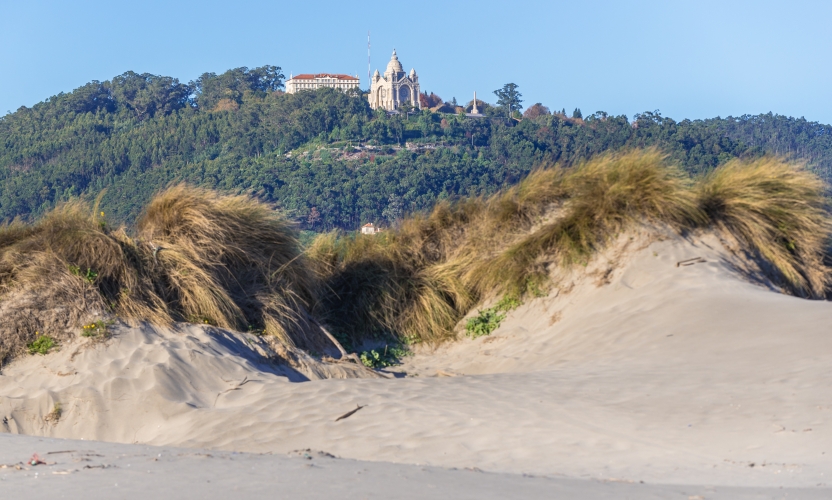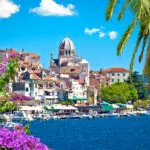
The Coastal Portuguese Way: An Especially Scenic Pilgrimage Route to Santiago
The Coastal Portuguese Way to Santiago is among the most beautiful and least-traveled Camino de Santiago routes. Like many pilgrimage paths across the Iberian Peninsula, its origins date back to Roman times. The Romans built a vast network of roads, many of which form the backbone of today’s Caminos. The coastal route between northern Portugal and Galicia was especially important for pilgrims arriving at Atlantic ports and going to the sacred shrine of Santiago de Compostela.
A Revived Route with Ocean Views and Historic Significance
The modern revival of the Camino de Santiago has breathed new life into this stunning coastal path. In 2017, the route was officially waymarked and signposted, making it easier and safer for pilgrims to follow. Today, it is known for its peaceful atmosphere, maritime landscapes, and historic charm.
What sets this route apart is its blend of natural beauty and cultural interest. Pilgrims walk alongside golden beaches, past the River Miño estuary, and through charming towns and villages that reflect the deep spiritual and historical heritage of both Portugal and Galicia. The Celtic site of Santa Tecla near the Spanish border offers a fascinating glimpse into pre-Roman Iberian culture.
From Porto to Santiago: A Coastal Adventure
The journey typically begins in Porto, one of Portugal’s most picturesque cities. From there, the route hugs the Atlantic coastline, offering breathtaking ocean views and a refreshing sea breeze. After following the shore northward, pilgrims cross the River Miño—the natural border between Portugal and Spain—into Galicia.
Once in Spain, the path passes through Baiona, a lovely seaside town set in a bay facing the Cíes Islands, part of a protected national park often called the “Galician Caribbean.” The walk continues to the vibrant city of Vigo, then turns inland to merge with the more traditional Portuguese Central Way, ultimately reaching the cathedral in Santiago de Compostela.
When to Walk the Coastal Portuguese Camino
This route is suitable for walking year-round, thanks to its relatively flat terrain and the mild climate influenced by the nearby Atlantic Ocean. However, spring and autumn are considered the best seasons to walk, offering comfortable temperatures, fewer crowds, and blooming or turning landscapes. Summer can be warm but is ideal for beach lovers, while winter remains walkable with proper preparation.
Why Choose This Coastal Camino Route?
- Less crowded than the more popular routes
- Spectacular coastal scenery and sea breezes
- Rich cultural and spiritual heritage
- Access to both natural beauty and historic sites
- Well-marked and maintained path since 2017
Ready to walk this route? Check out our Coastal Camino Portugués Tour.








